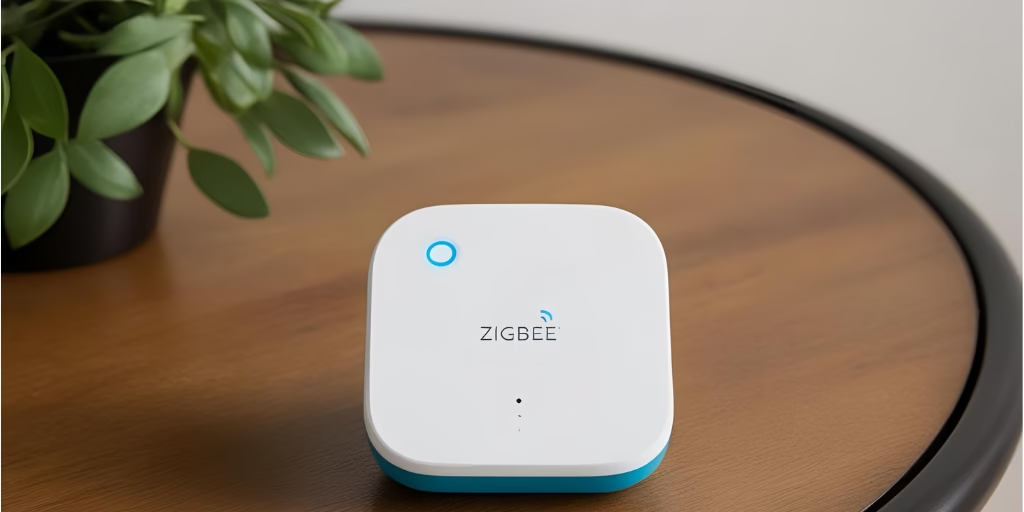Zigbee Hub: What It Is, Why You Need One and How It Works
A Zigbee hub, also known as a Zigbee gateway or bridge, is a central device that connects and manages Zigbee wireless smart home devices. It acts as an intermediary between smart home devices, such as sensors, smart bulbs, locks, and thermostats, allowing them to communicate seamlessly.
The Zigbee hub then connects to a Wi-Fi network or an Ethernet connection with internet connectivity, enabling control of smart home devices remotely via a smartphone app or a smart home assistant like Alexa or Google Home or automations.
Why is a Zigbee Hub Required
Unlike Wi-Fi, Zigbee is a low power, mesh networking protocol specifically designed for smart home automation.
A Zigbee hub is required for several reasons:
- Device Interoperability: Zigbee devices from different manufacturers (e.g. Moes, Sonoff, Aqara etc) need a hub to communicate within the same smart home system
- Network & Internet Access: Zigbee devices are unable to connect directly to the local home networks and the internet. Instead smart devices connect to the Zigbee hub which allows the devices to be connected to from the local network and internet
- Mesh Networking Advantage: Zigbee devices can relay signals through one another, strengthening the network and improving coverage.
- Centralised Control: A Zigbee hub provides a single interface to manage all Zigbee enabled devices rather than relying on multiple apps.
Zigbee Range and Coverage
Zigbee operates on the 2.4 GHz frequency band (with some regional variations using other frequencies). Its range and effectiveness depend on various factors:
- Direct Hub-to-Device Range: Typically, Zigbee devices can communicate with a hub within a range of 10 to 20 meters (30 to 60 feet) indoors and up to 100 meters (330 feet) outdoors in an open space.
- Mesh Networking Advantage: Zigbee devices form a mesh network. This means each mains powered Zigbee device (not battery powered ones) can act as a repeater, extending the signal range.
- Obstacles and Interference: Walls, furniture, and other electronic devices can reduce the effective range. However, a well placed mesh network can mitigate these effects.
- Network Capacity: Zigbee supports up to typically 128 devices in a single network. However many more devices can in theory be supported making it highly scalable for smart home applications.
Conclusion
A Zigbee hub is essential for creating a seamless and efficient smart home ecosystem. It enables interoperability, improves connectivity, and enhances the performance of Zigbee devices through a reliable mesh network. If you are building a smart home with multiple Zigbee devices, investing in a quality Zigbee hub will ensure smooth operation and scalability for the future.





